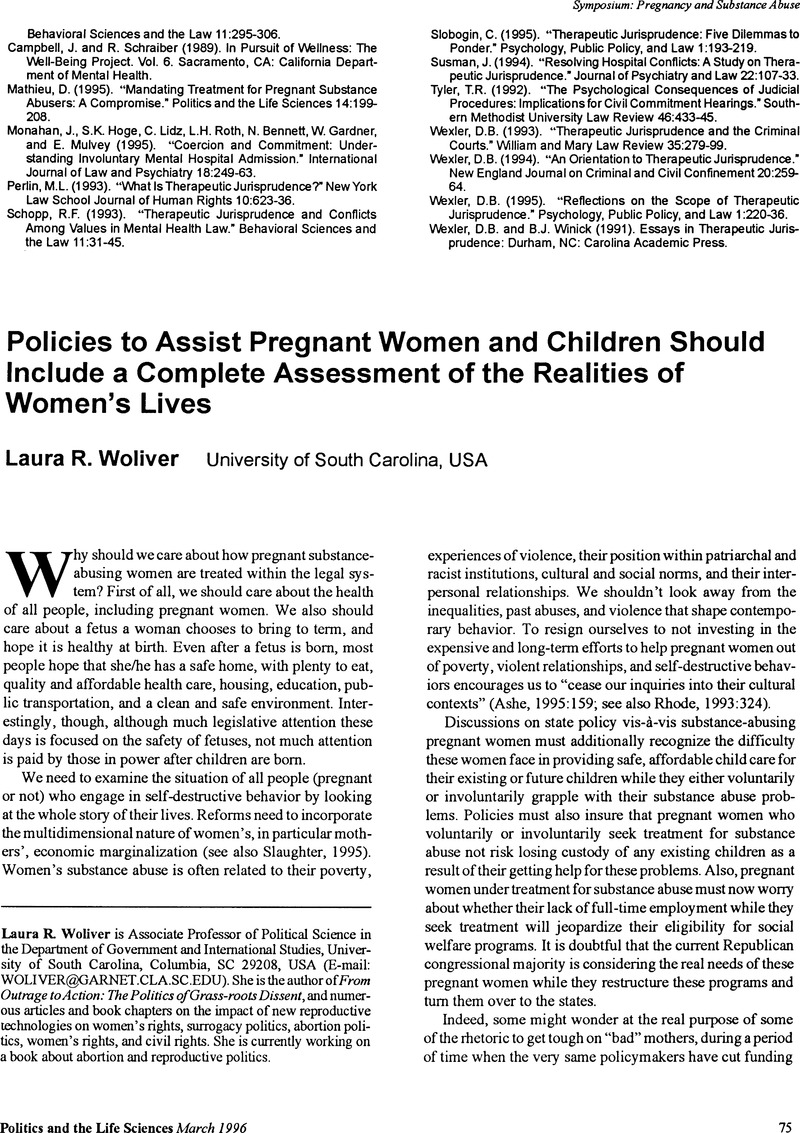Crossref Citations
This article has been cited by the following publications. This list is generated based on data provided by Crossref.
Kang, Hyun-Ah
2003.
Comparative Analysis of State Statutes.
The Social Policy Journal,
Vol. 2,
Issue. 4,
p.
71.
Rodrigues, Daniela Taysa
and
Nakano, Ana Márcia Spanó
2007.
Violência doméstica e abuso de drogas na gestação.
Revista Brasileira de Enfermagem,
Vol. 60,
Issue. 1,
p.
77.



